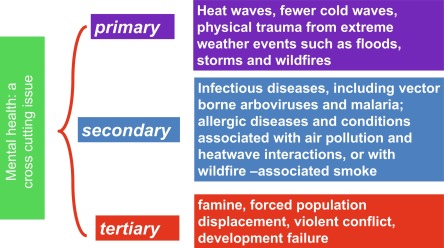Resilient Health: Leveraging Technology and Social Innovations to Transform Healthcare for COVID-19 Recovery and Beyond, Volume , 1 January 2024
Enhancement of Brain Functions Prompted by Physical Activity, Volume 2, 2024, pp 179-209
Living with Climate Change, 2024, Pages 213-240
Nutraceutical Fruits and Foods for Neurodegenerative Disorders, 2024, Pages 151-171
Symptomatic: The Symptom-Based Handbook for Ehlers-Danlos Syndromes and Hypermobility Spectrum Disorders, 2024, Pages 135-144
Nutraceutical Fruits and Foods for Neurodegenerative Disorders, 2024, pp 379-404

